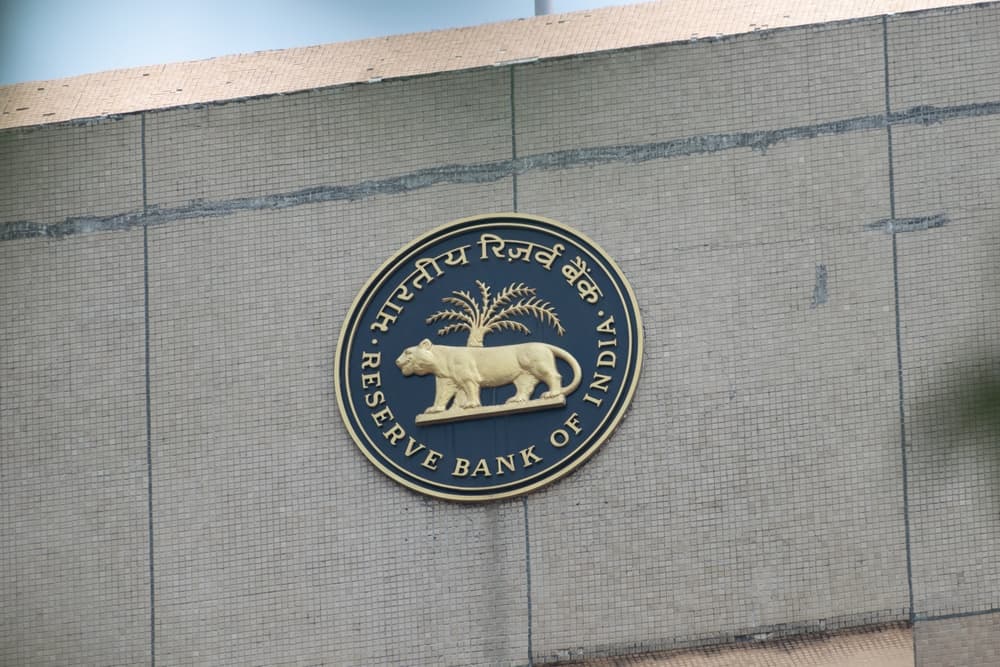RBI Announces Offline Functionality, More ‘Use Cases’ For CBDC In MPC Meeting
RBI plans to enhance the CBDS’s programmability and offline functionality to ensure financial inclusion of people in rural and remote parts of the country.
RBI plans to enhance the CBDS’s programmability and offline functionality to ensure financial inclusion of people in rural and remote parts of the country.

BOI Launches 666 days FD Scheme
Advertisement
The Reserve Bank of India (RBI) Governor, Shaktikanta Das, on Thursday, announced expanding the “use case” for the Central Bank Digital Currency (CBDC), the digital rupee, from the current peer-to-peer and peer-to-merchant pilot transactions to other areas. RBI announces offline functionality it will likely boost financial inclusion, especially for those, including senior citizens, living in challenging terrains.
Concluding RBI’s three-day Monetary Policy Committee (MPC) meeting on February 8, Das announced in a press statement that the bank will introduce additional use cases for CBDC by modifying its programmability. He proposed introducing the offline functionality of CBDC to enable people in places with limited or no internet connectivity to access the digital currency.
Advertisement
Das said: “The CBDC Retail (CBDC-R) pilot currently enables Person-to-Person (P2P) and Person-to-Merchant (P2M) transactions using digital rupee wallets provided by pilot banks. It is now proposed to enable additional use cases using programmability and offline functionality.”
Also Read: UDGAM Portal Onboards 30 Banks: Here Is How To Check Unclaimed Deposits
Advertisement
He added, “Programmability will permit users like government agencies to ensure payments are made for defined benefits. Similarly, corporates can program specified expenditures like business travel for their employees.”
As RBI announces offline functionality, the RBI governor also highlighted additional features for CBDC to overcome issues related to validity periods or geographical restrictions to boost “usability” for various segments and purposes. CBDC’s offline functionality is expected to facilitate digital currency transactions in remote and hilly terrain with poor or limited internet connectivity.
Das said, “Multiple offline solutions (proximity and non-proximity based) across hilly, rural, and urban locations will be tested for this purpose, and these functionalities will be gradually introduced through the pilots.”
Also Read: 7 Banks Have Revised Interest Rates On Fixed Deposits This Week: Learn More
CBDC is a digital rupee launched on December 1, 2022, as a pilot project with the State Bank of India, ICICI Bank, Yes Bank, IDFC First Bank, Bank of Baroda, the Union Bank of India, HDFC Bank, and Kotak Mahindra Bank in the initial phase. Later, Punjab National Bank, Canara Bank, Federal Bank, Axis Bank, and IndusInd Bank were also included in the project.
CBDC holds the sovereign status of cash and is a legal tender. Although it is still in the pilot phase, CBDC promises to improve financial inclusion. As of June 30, 2023, there were over one million users and 262,000 merchants on the CBDC platform of the participating banks.
Advertisement
RBI has proposed several measures to strengthen the capital market, encourage growth, enhance public confidence and contribute to economic development at itslatest MPC meeting.
PIB has warned State Bank of India customers about fraudsters circulating fake APK files, urging them to download the links to earn attractive reward points aimed at defrauding them.
Credit cards can be a handy tool for retirees as they can use them to meet their spending needs and also earn some valuable reward points at the same time. However, fraudulent activities against senior people are increasing by the day, and credit cards used by senior citizens are also being increasingly targeted. So, if a senior citizen becomes a victim of credit card fraud, here are the steps they need to follow
Get all the latest stories delivered to your inbox
Advertisement
Get all the latest stories delivered to your inbox